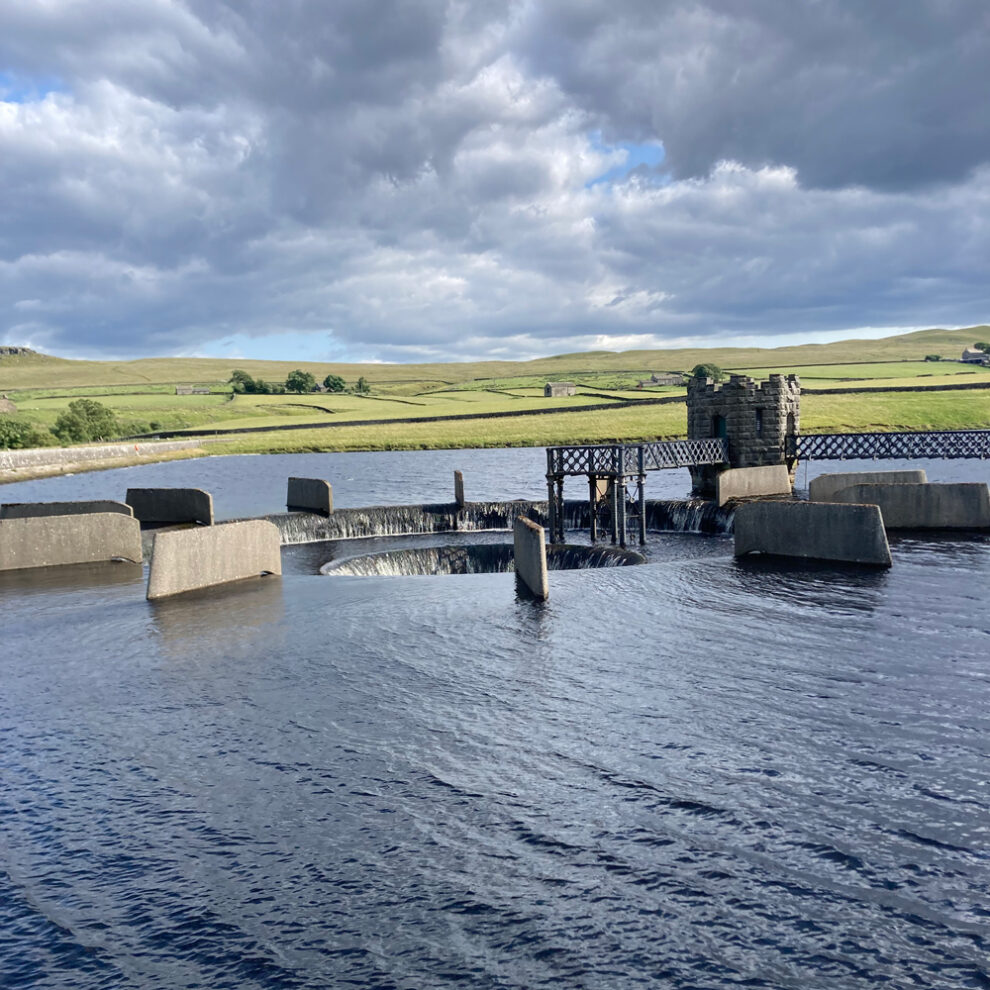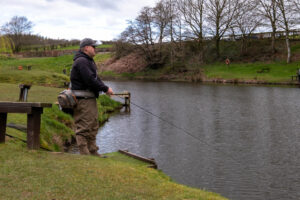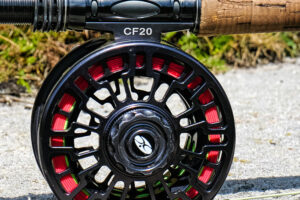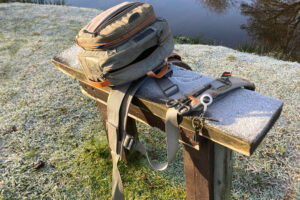The chance came up that I was passing Blackton Reservoir on this June day, so a last-minute decision to go and fish one of my favourite places was made.
Blackton is wild brown trout only. It isn’t high enough for the diversity to have gone full-on bleak upper moorland – but it’s very close. So close, you can see the dam wall of Balderhead Reservoir rising high above at the western end. Those extra metres make a difference.
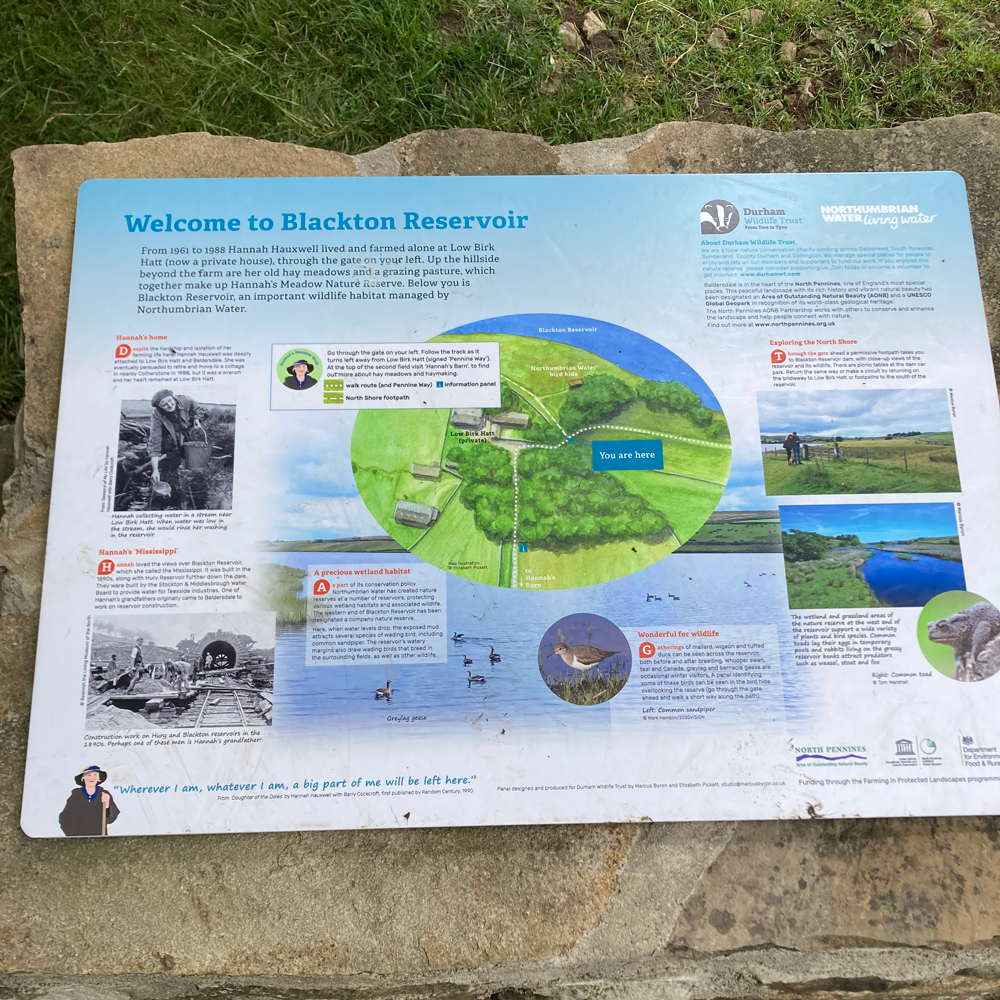
Balderhead is also wild browns but isn’t as hospitable and cosy as Blackton. I hesitate to use the term cosy here. It’s got sharp teeth in bad weather. It’s just a little less sharp than Balderhead.
Both are great, but today, it was the lush grass of Blackton – a reservoir made famous by Hannah Hauxwell, who lived at Low Birk Hatt Farm at the far end of the reservoir. A lovely and very humble lady who I still remember on the TV back in the 80’s. She’s worth looking up on YouTube because she’s an absolute star.
Despite being 66 acres, half of this is a Nature Reserve at the far end near Hannah’s farm, meaning if you’re a cast and mover, you can cover the available water in one day. It’s the right balance between big and wild, but not imposing on a hot sunny day.
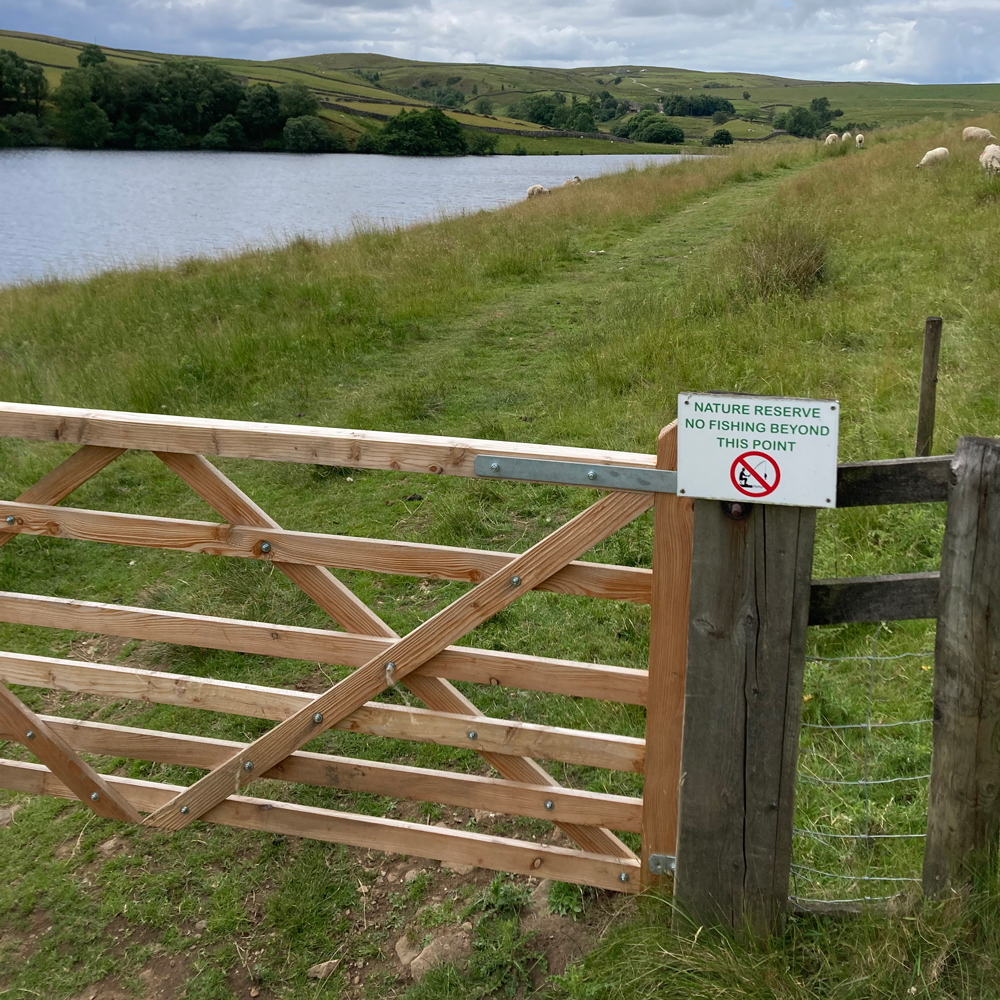
A quick call to the Grassholme Visitor Centre and a card payment for £9 was done quickly. You are given a verbal code to use if a bailiff comes around. You can contact the visitor centre on 01833 641121.
I left the rods in the car and walked around the reservoir. Even if you aren’t fishing, it’s a gorgeous walk around, easy enough but a few little climbs, including some wooden steps. It’s exactly 2.6 miles in distance, and threw up a few nice pictures to decorate this page with.
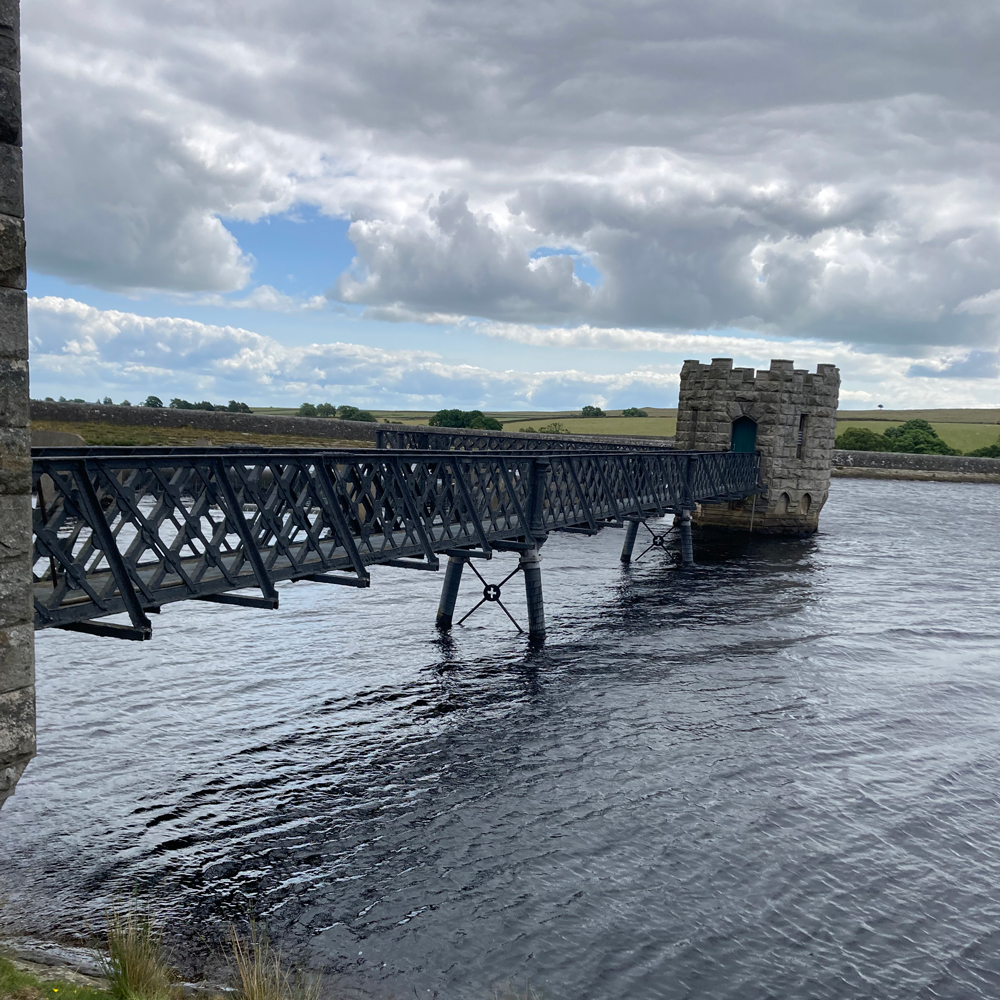
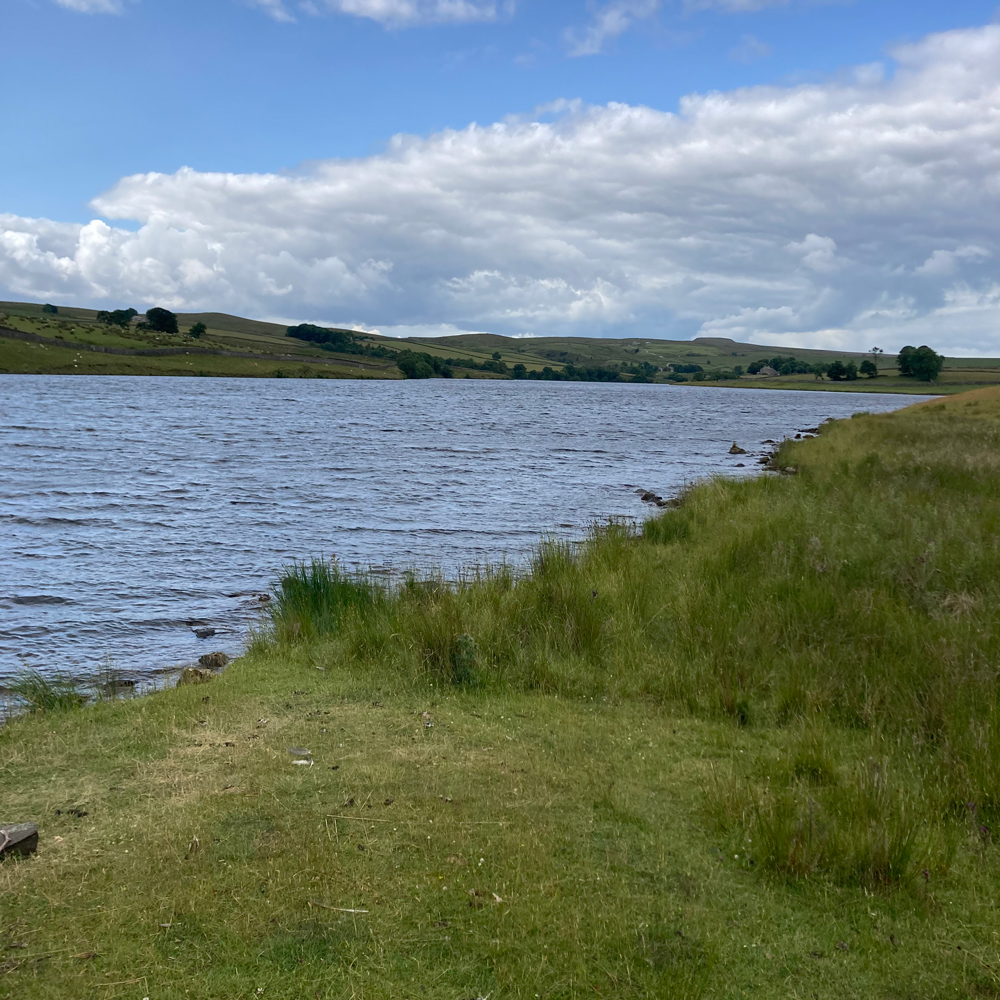
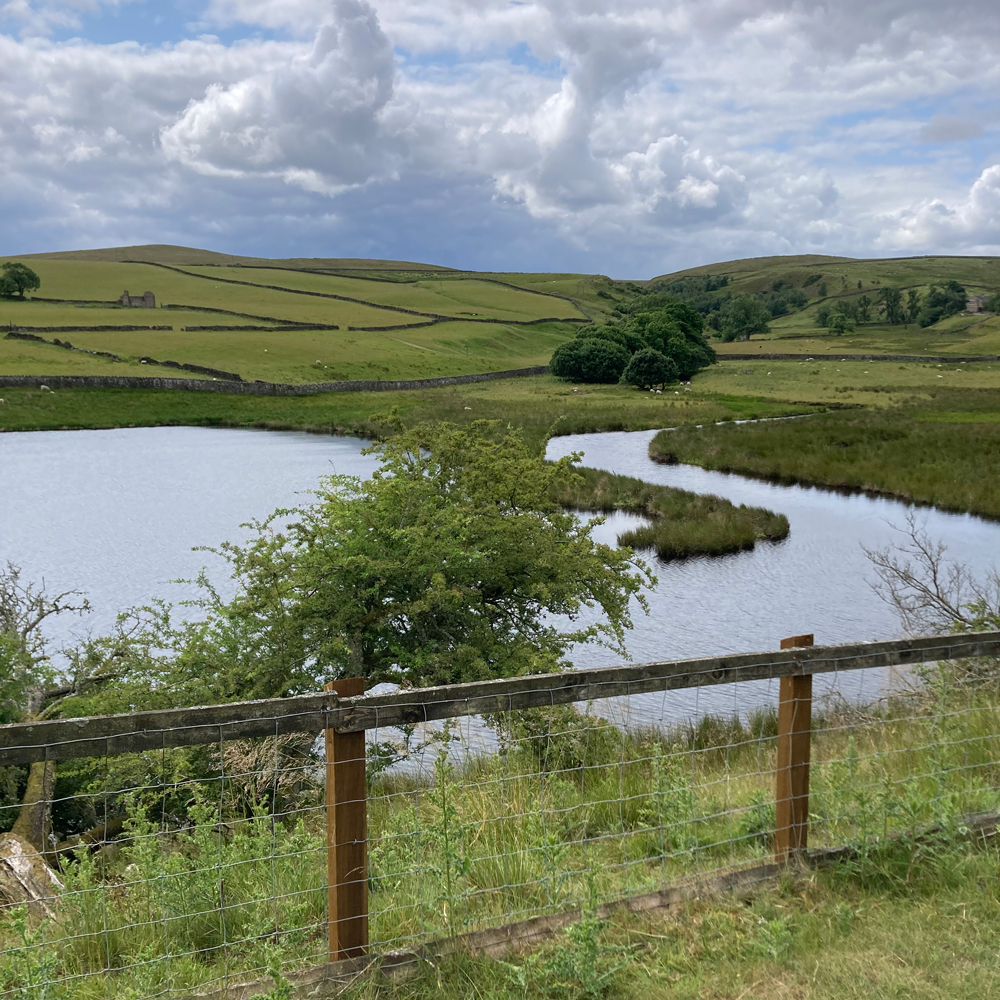
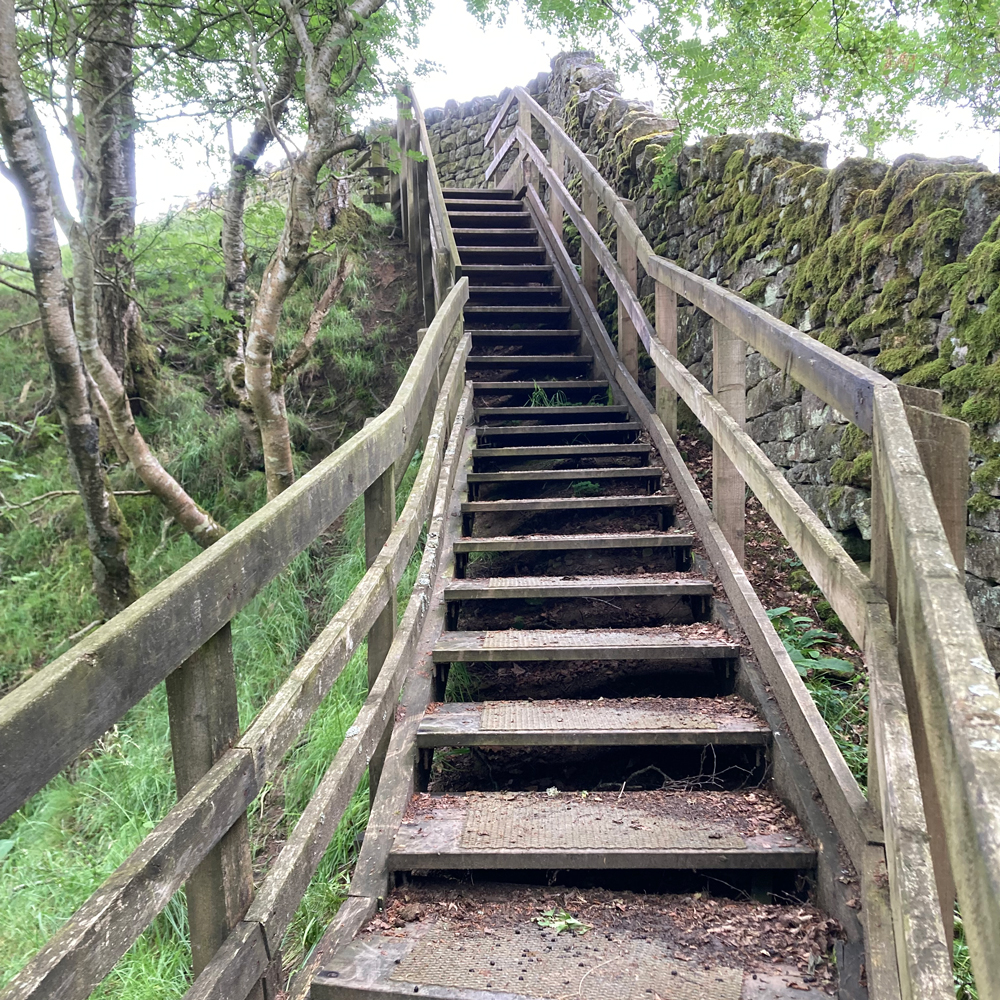
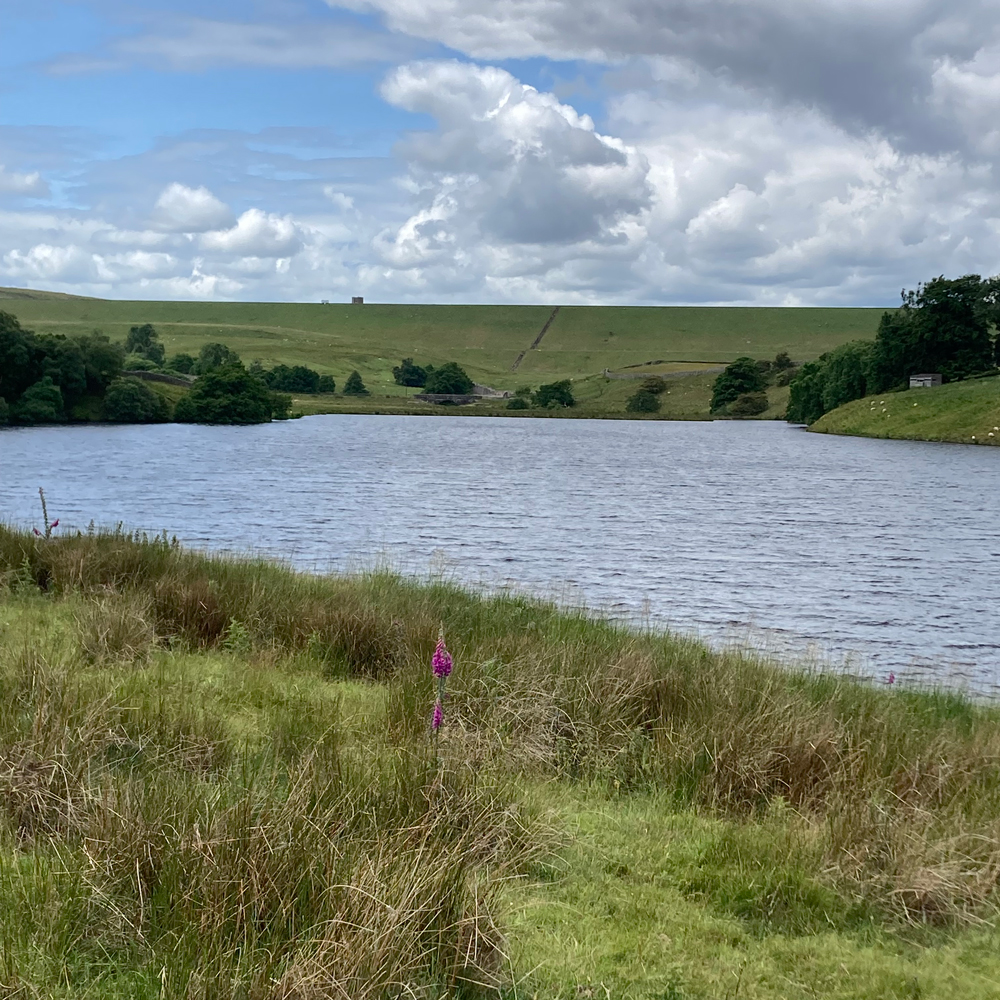
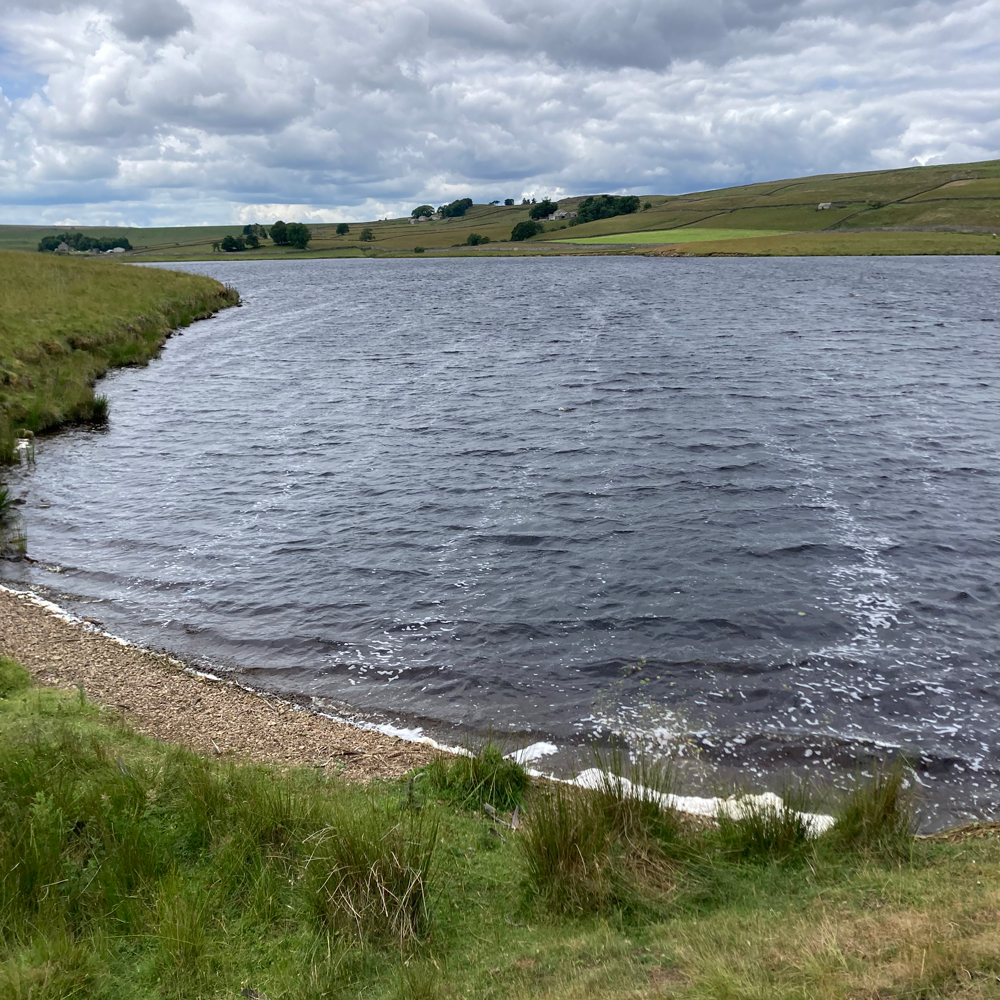
It was also a chance to see if fish were rising anywhere. There weren’t. But then again, it was the middle of the day, and the sun was bright.
Despite seeing nothing rising, a medium-strength wind blew into the southeast corner of the dam wall where every piece of bird feather, twig and whatever else had gathered. This was surely nailed on for a few fish later on?
Back at the car, the waders went on, and I chose the Cadence CSM 10ft #6 with the matching WF6F fly line. Ordinarily, I would go for the CSM 10ft #5 or Cadence CSM 10ft #4, but this wind was getting up, and the #6 gives a little more structure when mending and controlling the line. It certainly wasn’t necessary to cast far out – there’s not much need to cast more than a few yards from the bank in low-pressured places like this.
Speaking of which, this was the first time in many visits I’d shared the lake with another person. A nice fella from Darlington who’d had a few fish come up to his dry fly but hadn’t been able to hit any.
I went straight to the first bay up from the car park on the North Shore, where a little inlet comes in under a tiny stone bridge. I always expect to catch something in the little channel, but rarely do. I think it’s because it’s tricky to fish without your silhouette being obvious to the fish, but it’s only a few casts, so no harm done.
Moving further out into the main body of the bay and casting towards an overhanging bush on the far bank, I got a reaction immediately. I was skating a Suspender Buzzer across the top. It might not be the most reliable way to hook fish, but it lets you know if an area is occupied.
Several more casts got a couple of non-committal swirls but nothing to strike at. The interest very quickly stopped.
This is lesson one in wild brown fishing for me. Three or four casts and move immediately. These aren’t places for carrying big nets, multiple rods (guilty) and big bags (not guilty). Carry the bare minimum, and don’t give your inner subconscious a chance to be lazy because you’ve left a net lying up the bank or your bags too heavy. Truth be told, you don’t need a net on Blackton. A quick wet of the hands, and you can land most fish the natural way.
A few yards further along gave no takes, but there was a real heavy swirl fairly close in that was a fish bigger than anything I’ve ever caught here in its wild days. Maybe do bring a net, then? It showed no interest in my flies but was a real eye-opener.
By now, I was working my way around the long, gentle bend leading out of this bay – a hotspot when Blackton used to be a stocked water at the turn of the century. And it was an exceptionally stocked water, by the way. There were huge browns and rainbows, and I remember some colossal bags being caught in days before catch and release. Some with fish averaging 6-7lb. Those fish are long gone, but if it did return to those days, I’d be pretty happy even though it’s good enough as it is now, quite honestly.
Note to self – avoid terms like ‘turn of the century’ in future, for fear of feeling ancient when reading back.
Back onto today, and things started to pick up on the apex of the bend. I got a few swirls and follows that showed the fish were there, so I immediately changed to flies, just subsurface. A Black Cruncher and a Black and Peacock on a 12ft, 0.16mm/3.5lb Edge Tackle Fluorocarbon Pure leader.
It paid off, with a fish hammering the Cruncher first cast around seven inches in length and quite a dark-scaled fish.
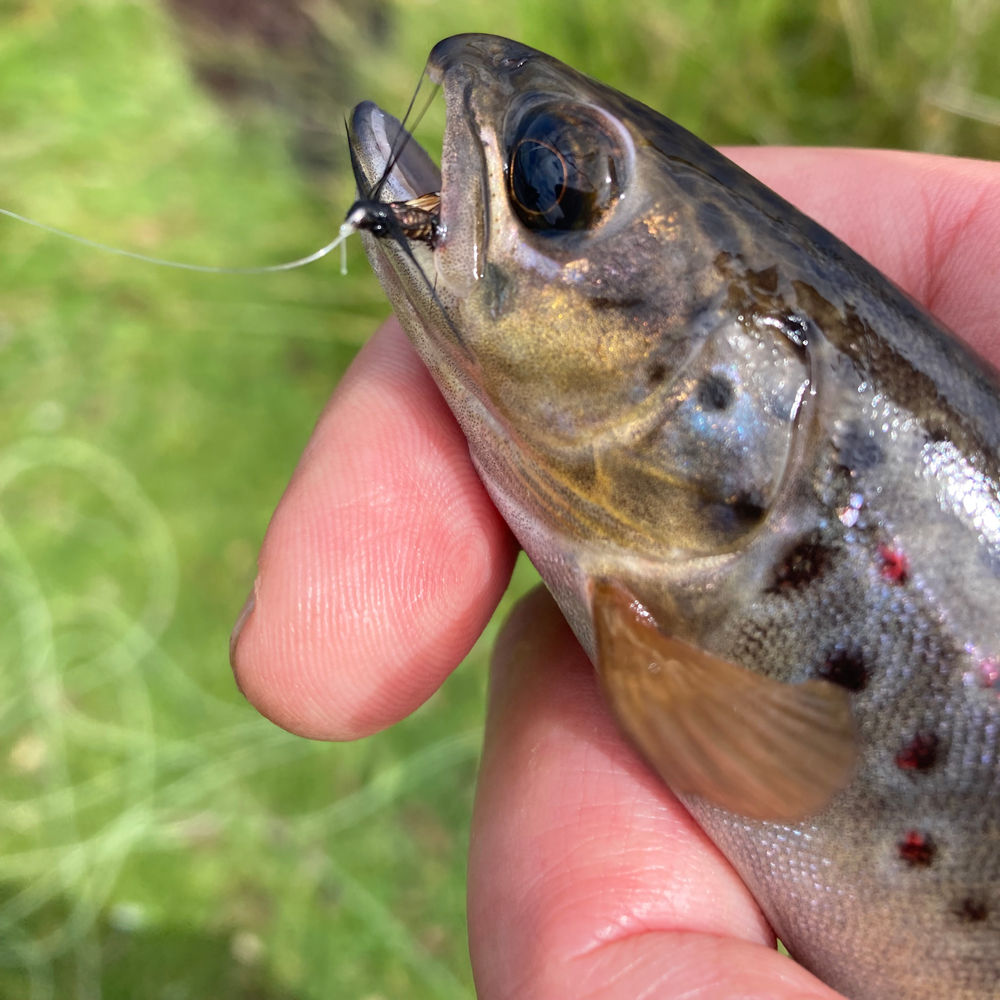
The next few minutes resulted in something happening every cast. Taps, swirls and all-out attacks on the flies. Despite many strikes, only one stuck – this time, a more silvery fish of around five inches. I only use barbless hooks for trout fishing, and the speed at which these things move, combined with their rapid change of direction, probably means a barbed would be better if your life depended on landing one. Mine doesn’t, and I’m quite happy for a few to get off.
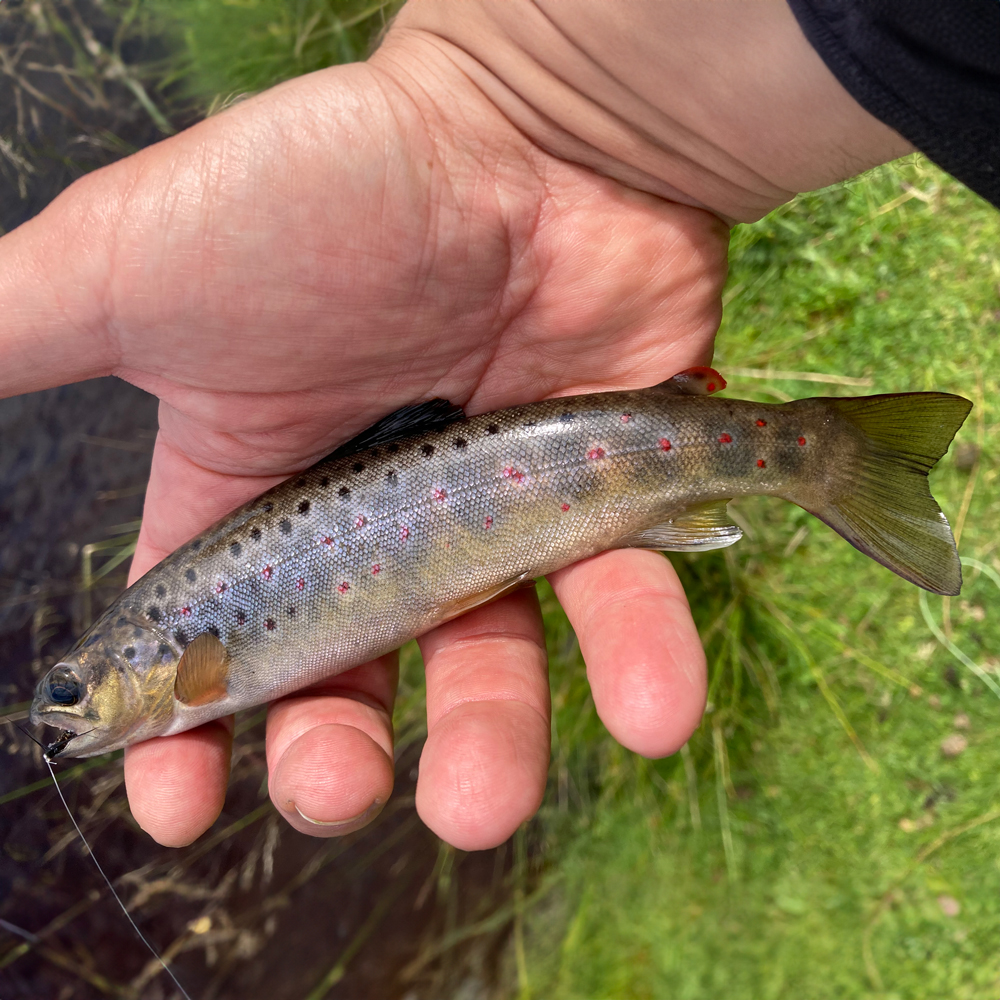
After that five-minute flurry, things quietened down, so I moved 20 yards up the bank, got two quick taps, and that was that for there.
By now, I was on the bit where the bank straightens – still on the North Shore and takes had dried up completely.
So I missed the next 100 yards and went to a bay straight out of a Mr Crabtree book. Deep, overhanging trees, steep-sided. You can’t fish much of it because it’s hard to get at, but it looks the part.
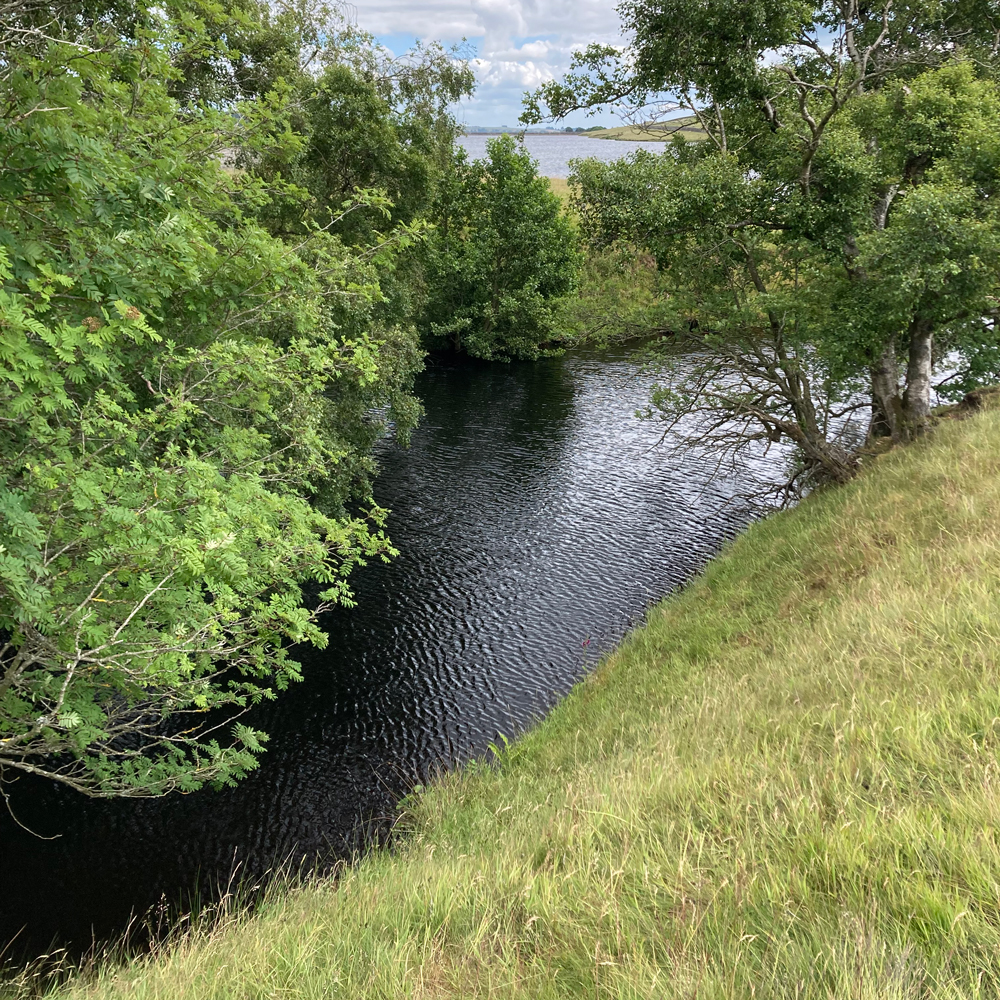
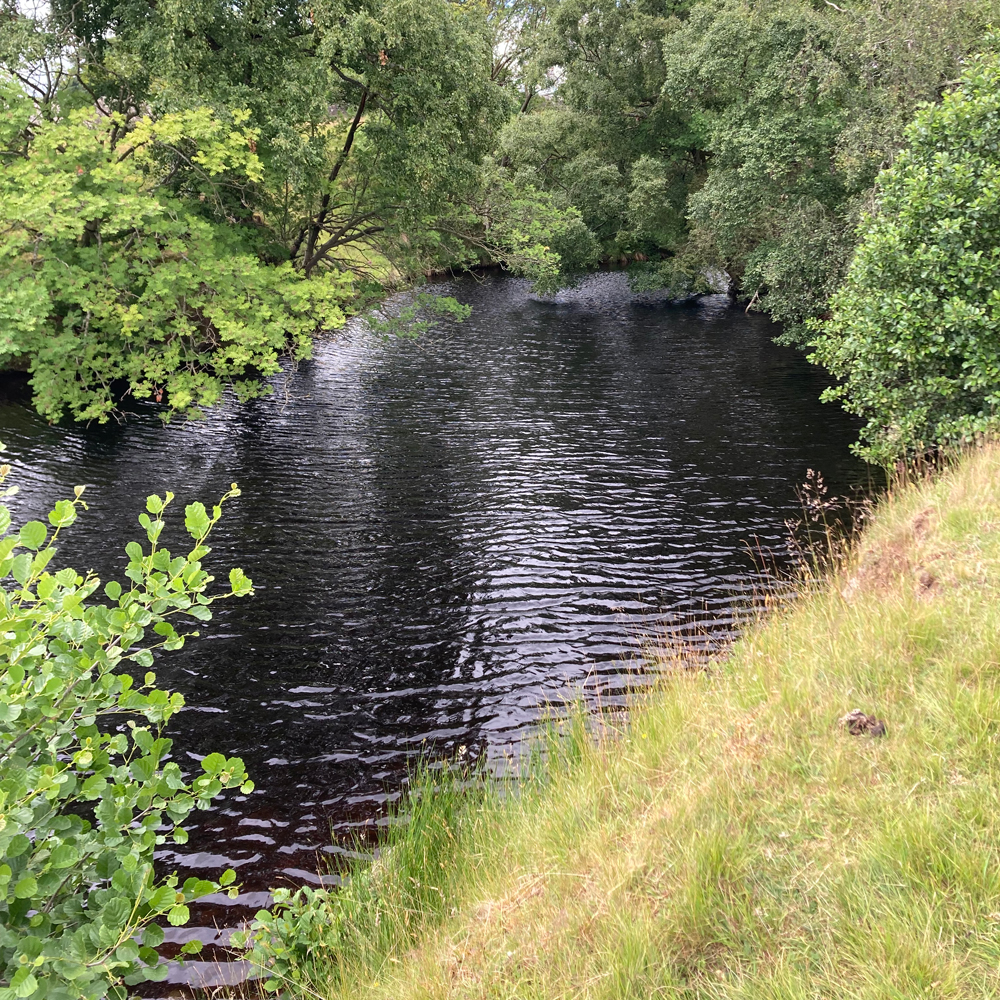
I fished the western entrance to the bay with the same flies to no avail. Time for a change.
If you are a traditionalist, stop reading now, or you’ll feel faint very quickly. Seriously – stop reading.
On went a weighted Wotsit.
Those things are tied with the growths you get on a Car Washing Mitt, also known as Mop Flies. I console myself that I’m tying a proper fly because I spend a few minutes tying these with picked-out dubbing at the head. But it’s the wotsit look alike part fish like. And the wild brownies love them.
Admittedly, you will get lots more plucks than hooked fish, but you will know if there are fish in the area.
And this is a fly that re-emphasises the point of moving every few casts. Their tolerance of it is low. But initially, it is very aggressive. They will back off very quickly.
First cast, and there was a rumble. And then three taps on the way back. Retrieve, as nearly always, was four inch medium/fast pulls.
The second cast one took it as soon as it landed and shot off to the left. It can’t have been much bigger than 9in, but for a split second, this was a salmon. And the nicest coloured fish of the day, with butter yellow belly, big red spots and haloed black ones.
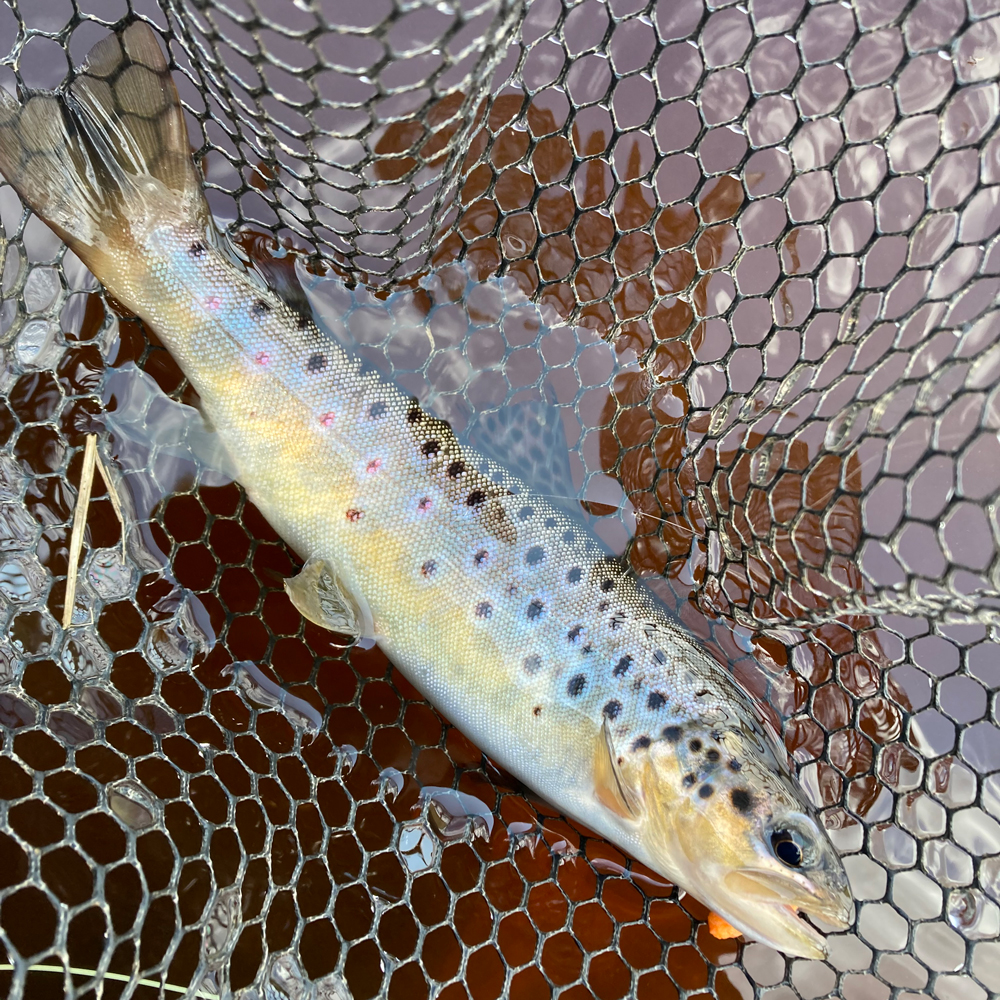
And that was it for this bay—no more interest.
So I moved back to the 100 yards of bank I’d missed out and headed back towards the car. Cast, retrieve, three paces and repeat. For the next ten minutes, I got some kind of velociraptor nip every cast. All eyes were on that fly. But they weren’t sticking. It was good fun though, and hammers home the age-old phrase ‘the tug is the drug.’
Very soon after, the takes dried up completely, and the reservoir seemed to shut down. Literally, nothing as I worked my way back around. Even the spot that had been so active earlier on.
Changing back to the traditionals – this time with a Katie Mac on the dropper – I got one swirl on lift-off near the little bridge, and that was it.
What had happened?
It took a while to work out, but the wind had swung 20 degrees and was coming more from the North than the original North Westerly. A seemingly tiny change was like bringing the curtain down.
I returned to the car but remembered the windward corner of the dam wall. Was it worth walking over? Forty years of fishing has told me it certainly was.
So here you are, sat reading this, thinking, here comes the happy ending every magazine article must have. It was a fish every cast and non-stop action, right?
It was the polar opposite. It was a waste of time.
I stuck at it for 20 minutes, but there was no interest whatsoever, so I headed back to the car and stood in some fresh sheep wax on the way that had me walking around like a constipated dog for 15 minutes, trying to scrape it off.
That’s the second sh*tty story in two blogs now.
Anyway.
Rounding off, it had been a short two and a half hour session taken at the last minute. Complete relaxation, pressure-free surroundings and plenty of fishing problems to try and solve – with enough fish to give the answers quite quickly. Must try harder.
Every year, I tell myself it’s the most enjoyable few days of the year coming to places like Blackton, Balderhead, Cow Green or Selset. And yet, I still don’t go anywhere near enough. I’ve no idea why because I love them. Maybe we’ll try and get a YouTube video filmed here when the season boots up again in the middle of March?
Subscribe to the Cadence Fly Fishing Facebook Pages and the YouTube channel to find out.

